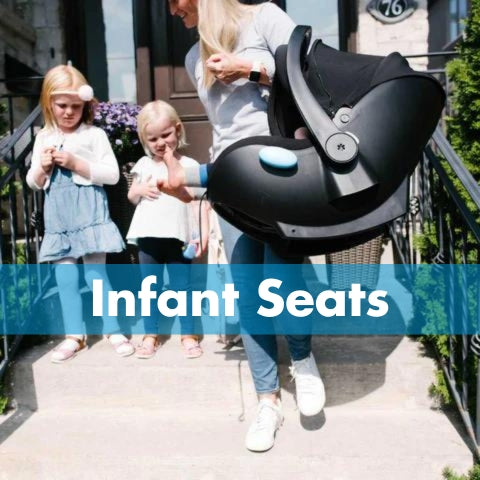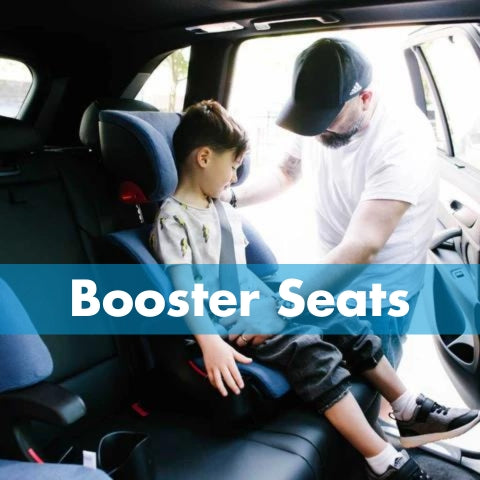Booster Seat
Once a child reaches the maximum weight or height limit of their forward-facing car seat, decide if they are ready to move on to a belt positioning booster. This can be determined by their age, height, weight, and most importantly their developmental level. Are they mature enough to sit in a booster seat safely (i.e. leaving the seat belt in its proper position, not slouching or leaning, not trying to escape, etc)?
Boosters raise the child up in the vehicle seat to allow the seat belt to pass correctly across their upper torso and their lower hips. Consider a full back belt positioning booster to better place the seat belt over the shoulders.
Vehicle Seat
Keep a child in a booster seat until they pass the 5-Step Test:
- Does the child sit all the way back against the vehicle seat?
- Do the child’s knees bend comfortably at the edge of the seat?
- Does the shoulder belt cross the child between the neck and shoulder?
- Is the lap belt as low as possible, touching the thighs?
- Can the child stay seated like this for the whole trip?
If the answer to any of these questions is “no”, your child needs to remain in a booster seat for the best crash protection. Your child will be more comfortable, too!







